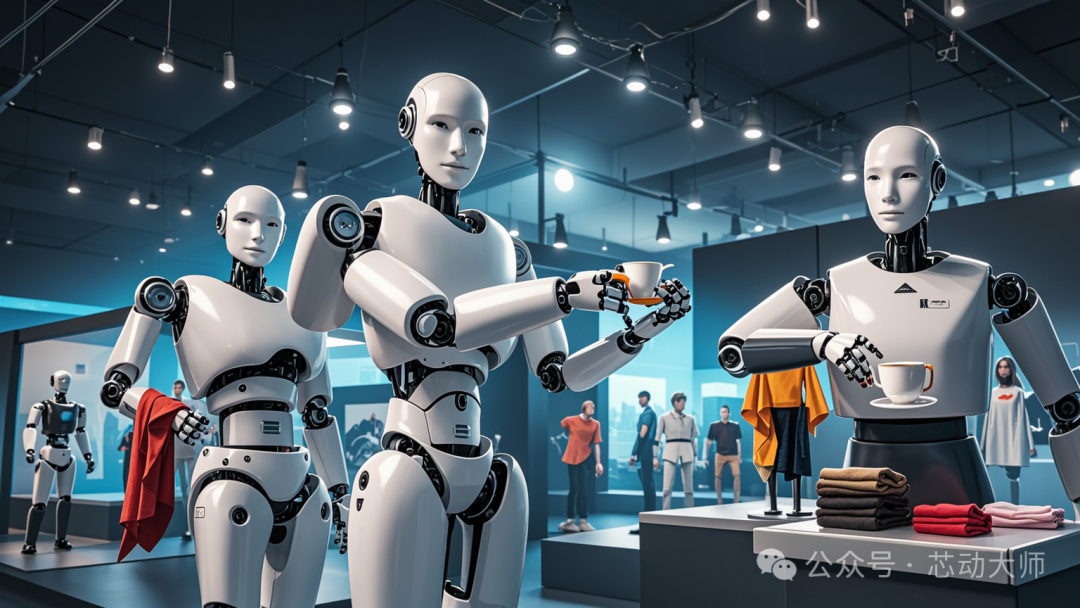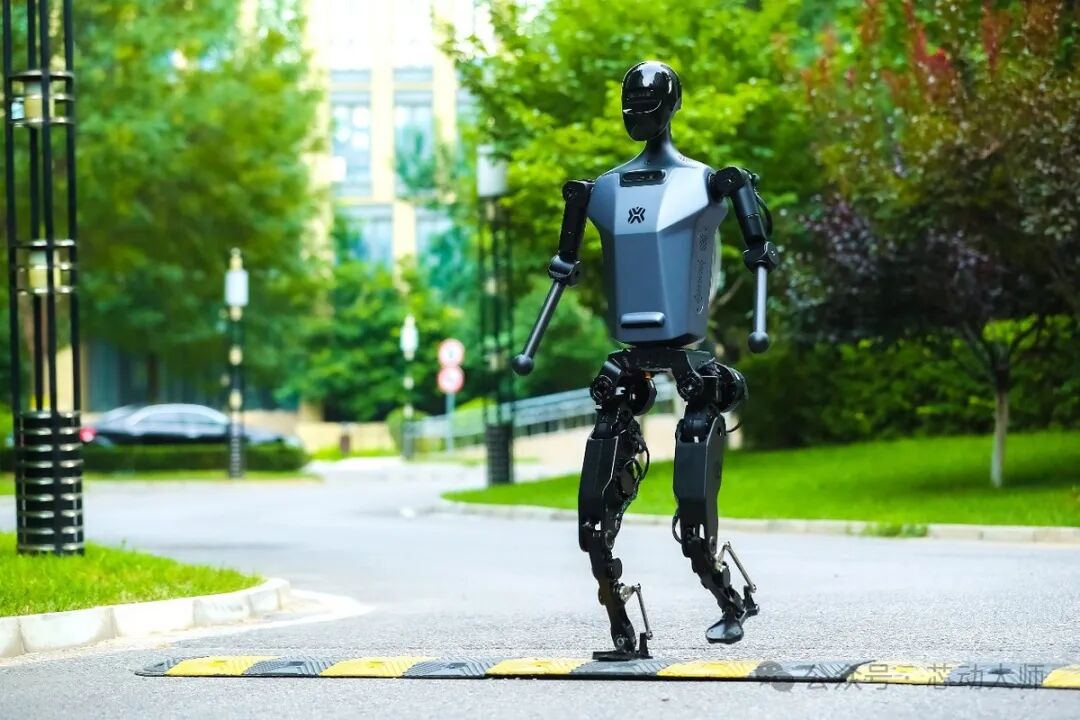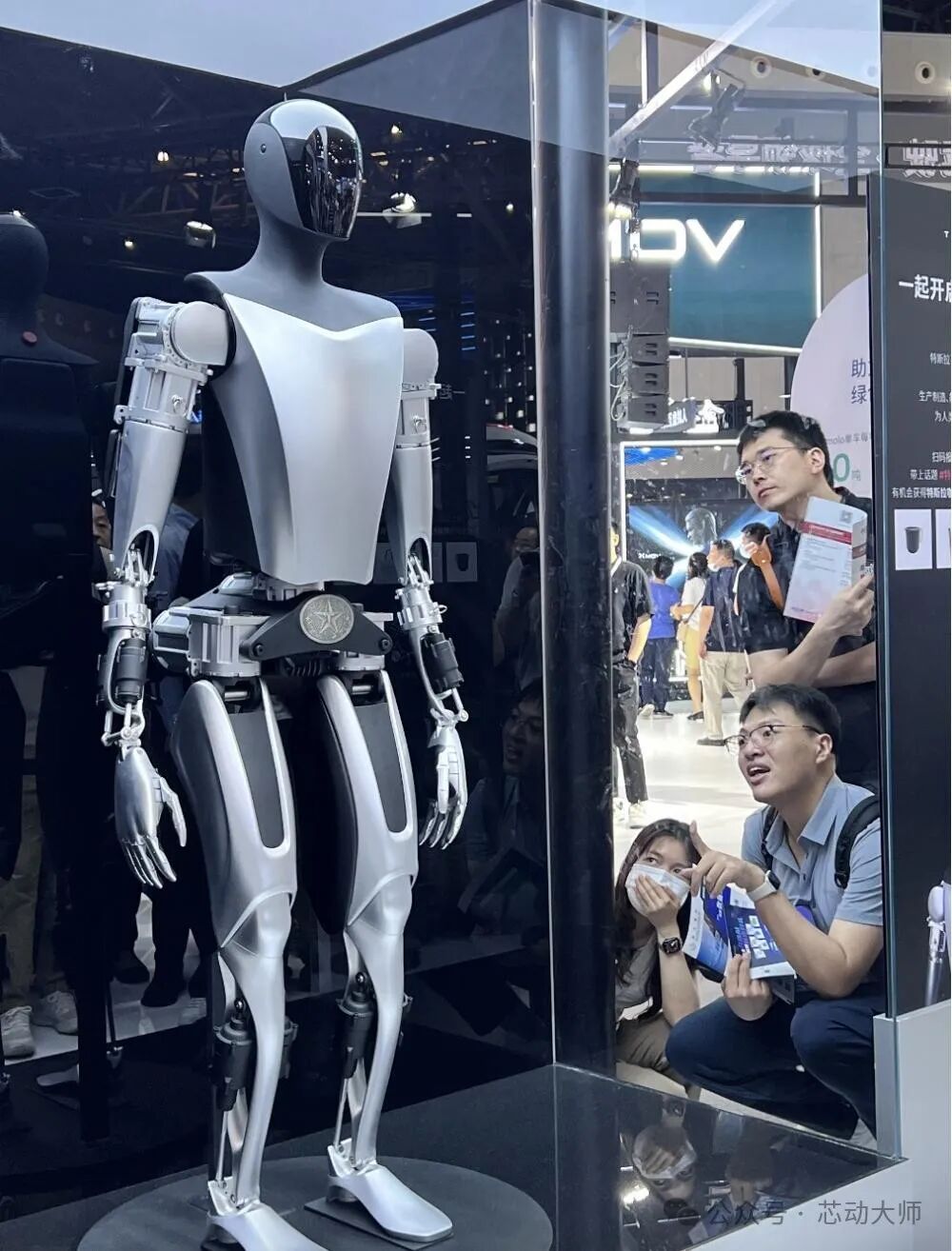1. Introduction
Embodied intelligent robots, as a cutting-edge technology that integrates knowledge from robotics, artificial intelligence, cognitive science, and other fields, are gradually transforming our ways of living and working. From industrial manufacturing to home services, from healthcare to space exploration, embodied intelligent robots demonstrate tremendous potential. For those who wish to delve deeper into this field, constructing a systematic learning pathway is crucial.
2. Fundamental Theoretical Learning
(1) Mathematical Foundations
- Linear Algebra: Understanding vectors and matrix operations, used for kinematic and dynamic modeling of robots. For example, describing the position and orientation changes of robot joints through homogeneous transformation matrices.
- Calculus: Mastering the concepts of derivatives and integrals, used in robot control to calculate physical quantities such as speed and acceleration, optimizing the robot’s motion trajectory.
- Probability Theory and Mathematical Statistics: Handling uncertainties in robot perception, such as sensor noise, and performing state estimation and decision-making through probabilistic models.
(2) Physical Foundations
- Mechanics: Including Newtonian mechanics and rigid body mechanics, understanding the force analysis during robot motion, providing a basis for designing robot structures and control algorithms.
- Kinematics: Studying the motion relationships of robot joints, determining the position and orientation of the robot’s end effector, which is fundamental to robot programming.
- Dynamics: Exploring the relationship between robot motion and forces, analyzing the power requirements of robots under different loads and motion states.
(3) Programming Foundations
- Python: As a widely used programming language in the field of embodied intelligent robots, it has a rich set of libraries and tools, such as NumPy for numerical computation, SciPy for scientific computing, and Matplotlib for data visualization.
- C++: Commonly used for low-level development in robot systems with high real-time requirements, improving system operational efficiency.
3. Knowledge of Robotics
(1) Robot Structure and Design
- Mechanical Structure: Learning the design principles of the robot’s mechanical body, such as joints and links, and understanding the structural characteristics of different types of robots (e.g., serial robots, parallel robots).
- Drive Systems: Familiarizing with the working principles and control methods of drive devices such as motors and servos, mastering how to select appropriate drive equipment based on the robot’s load and motion requirements.
- Sensor Technology: Understanding various sensors, such as cameras, LiDAR, force sensors, and gyroscopes, and their applications in robot perception, mastering methods for data collection and processing from sensors.
(2) Robot Motion Control
- Motion Planning: Learning path planning algorithms, such as A* and Dijkstra’s algorithms, to plan collision-free paths for robots from a starting point to a target point.
- Trajectory Control: Mastering trajectory generation methods in joint space and Cartesian space to achieve smooth robot movements.
- Feedback Control: Based on sensor feedback, using algorithms such as PID control and adaptive control to adjust the robot’s motion parameters, ensuring accurate tracking of target trajectories.

4. Artificial Intelligence Technologies
(1) Machine Learning
- Supervised Learning: Learning classification and regression algorithms, such as decision trees, support vector machines, and neural networks, for pattern recognition and state prediction in robots.
- Unsupervised Learning: Understanding clustering and dimensionality reduction algorithms to help robots analyze and understand large amounts of perception data.
- Reinforcement Learning: Learning optimal strategies through interaction with the environment based on reward signals, enabling robots to make autonomous decisions and learn in complex environments.
(2) Computer Vision
- Image Basics: Mastering basic image processing methods, such as filtering, edge detection, and feature extraction, to provide a foundation for robot visual perception.
- Object Detection and Recognition: Learning deep learning-based object detection algorithms, such as YOLO and Faster R-CNN, to enable robots to recognize and locate objects in the environment.
- Visual SLAM: Simultaneous localization and mapping, allowing robots to create environmental maps based on visual information and locate themselves in real-time within the map.
5. Case Studies
(1) Boston Dynamics’ Atlas Robot
- Features: Possesses high dynamic balance capabilities and complex motor skills, able to walk, run, and jump on various terrains, and perform tasks such as opening doors and carrying objects.
- Technical Implementation: Combines advanced robot motion control algorithms, high-precision sensors, and powerful computing capabilities, continuously optimizing its motion strategies through reinforcement learning.
(2) Google’s AI Robot
- Features: Capable of interacting with the environment through visual and tactile perception, autonomously learning to perform various complex tasks, such as grasping objects of different shapes in cluttered environments.
- Technical Implementation: Utilizes deep learning algorithms to train on large amounts of visual and tactile data, enabling the robot to understand the shape, position, and physical properties of objects for precise manipulation.

6. Code Examples
(1) Simple Image Recognition Using Python and OpenCV
import cv2
import numpy as np
# Load pre-trained Haar cascade classifier
face_cascade = cv2.CascadeClassifier(cv2.data.haarcascades + 'haarcascade_frontalface_default.xml')
# Read image
img = cv2.imread('test.jpg')
gray = cv2.cvtColor(img, cv2.COLOR_BGR2GRAY)
# Detect faces
faces = face_cascade.detectMultiScale(gray, scaleFactor=1.1, minNeighbors=5, minSize=(30, 30))
# Draw rectangles around detected faces
for (x, y, w, h) in faces:
cv2.rectangle(img, (x, y), (x + w, y + h), (0, 255, 0), 2)
# Display result image
cv2.imshow('Face Detection', img)
cv2.waitKey(0)
cv2.destroyAllWindows()(2) Implementing a Simple Neural Network for Handwritten Digit Recognition Using Python and PyTorch
import torch
import torch.nn as nn
import torch.optim as optim
from torchvision import datasets, transforms
# Data preprocessing
transform = transforms.Compose([
transforms.ToTensor(),
transforms.Normalize((0.5,), (0.5,))
])
# Load training and test datasets
train_dataset = datasets.MNIST(root='./data', train=True, download=True, transform=transform)
test_dataset = datasets.MNIST(root='./data', train=False, download=True, transform=transform)
train_loader = torch.utils.data.DataLoader(train_dataset, batch_size=64, shuffle=True)
test_loader = torch.utils.data.DataLoader(test_dataset, batch_size=64, shuffle=False)
# Define neural network model
class Net(nn.Module):
def __init__(self):
super(Net, self).__init__()
self.fc1 = nn.Linear(28 * 28, 128)
self.fc2 = nn.Linear(128, 64)
self.fc3 = nn.Linear(64, 10)
def forward(self, x):
x = x.view(-1, 28 * 28)
x = torch.relu(self.fc1(x))
x = torch.relu(self.fc2(x))
x = self.fc3(x)
return x
# Initialize model, loss function, and optimizer
model = Net()
criterion = nn.CrossEntropyLoss()
optimizer = optim.SGD(model.parameters(), lr=0.01, momentum=0.9)
# Train model
for epoch in range(10):
running_loss = 0.0
for i, data in enumerate(train_loader, 0):
inputs, labels = data
optimizer.zero_grad()
outputs = model(inputs)
loss = criterion(outputs, labels)
loss.backward()
optimizer.step()
running_loss += loss.item()
if i % 100 == 99:
print(f'Epoch {epoch + 1}, Step {i + 1}, Loss: {running_loss / 100:.3f}')
running_loss = 0.0
# Test model
correct = 0
total = 0
with torch.no_grad():
for data in test_loader:
images, labels = data
outputs = model(images)
_, predicted = torch.max(outputs.data, 1)
total += labels.size(0)
correct += (predicted == labels).sum().item()
print(f'Accuracy of the network on the 10000 test images: {100 * correct / total}%')7. Conclusion
Learning about embodied intelligent robots is a long and complex process that requires continuous accumulation of theoretical knowledge and practical experience. By systematically studying mathematics, physics, programming, robotics, and artificial intelligence, combined with practical case studies and coding practices, you can gradually master the core technologies of embodied intelligent robots and contribute to the development of this field.
<strong><strong><img alt="Comprehensive Analysis of Learning Pathways for Embodied Intelligent Robots" src="https://boardor.com/wp-content/uploads/2025/09/cd4c2234-90bd-423c-a527-6cef63914be4.png"/><p><span>Follow our public account to receive article updates in real-time.</span></p><p><span><span><span><span>If interested, you can scan the code to add my WeChat: <img alt="Comprehensive Analysis of Learning Pathways for Embodied Intelligent Robots" src="https://boardor.com/wp-content/uploads/2025/09/88778f86-5d5e-40c1-996d-cd0b473bc25e.png"/> </span></span></span></span></p><span><span>Good things are meant to be shared.</span></span><span><span>If you think this content is good, please forward or share it to your</span></span><strong><span><span>Moments</span></span></strong><span><img alt="Comprehensive Analysis of Learning Pathways for Embodied Intelligent Robots" src="https://boardor.com/wp-content/uploads/2025/09/dbdd9b26-1df8-436d-8067-f9fc12627fb3.webp"/></span><pre><code>Copyright statement: The content of Xindong Master, whether original or reprinted, is owned by the original author, and the views only represent the author's personal opinion. Xindong Master is only for knowledge sharing. If you need to reprint or quote, please contact the original author. Xindong Master cites online articles, all of which are credited to the source and author, except for articles that cannot be traced back. If there are any objections, please contact us.Disclaimer: All articles, images, audio, video files, and other materials reprinted by this public account are owned by the copyright holders (those whose copyright cannot be verified or not indicated are all collected from the internet). If there is any infringement, please contact us for deletion in a timely manner. The purpose of reprinting is to convey more information and does not represent the views of this public account.